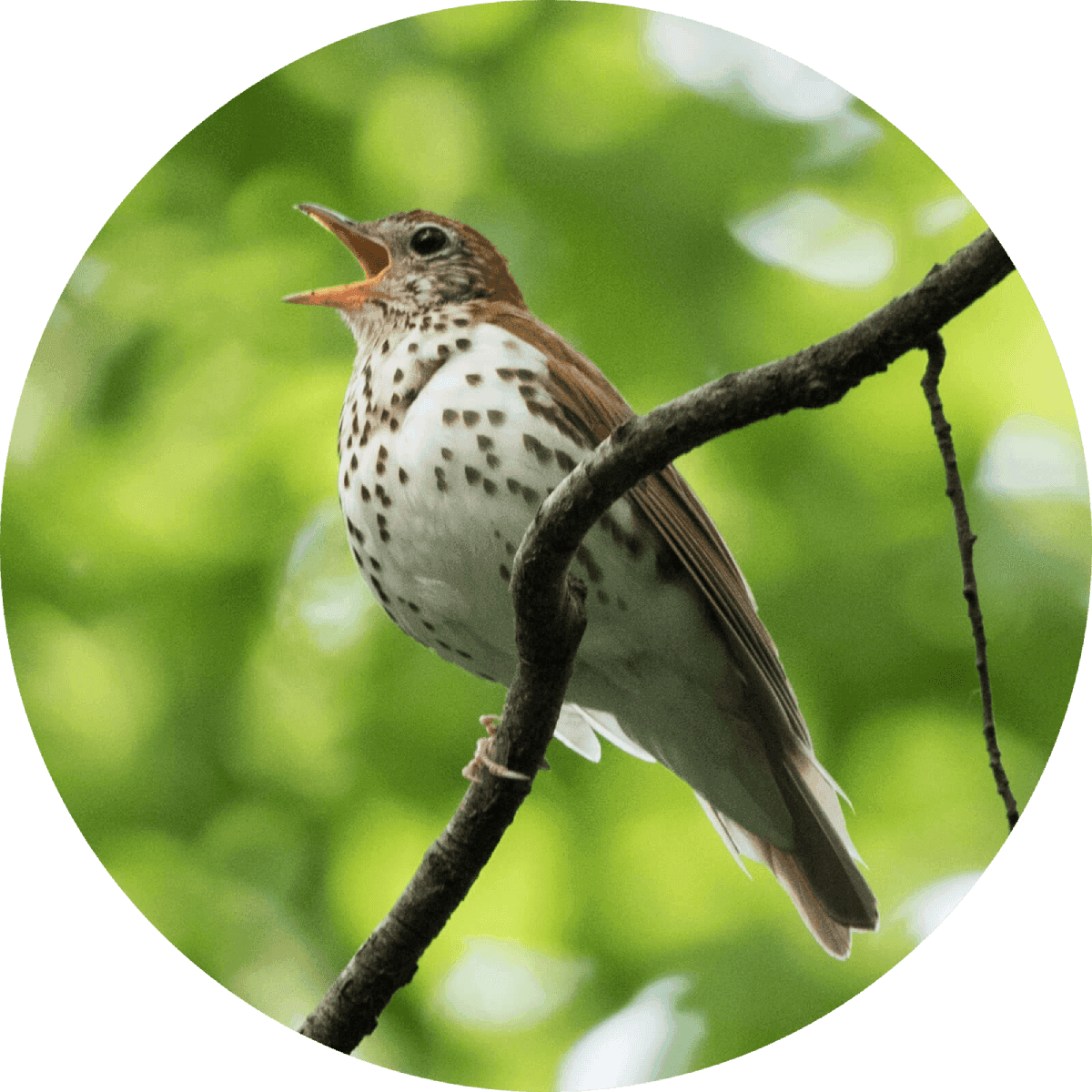"What extermination means was most vividly brought home to me last year when I visited Marthaís Vineyard for the purpose of making motion pictures of the last Heath Hens. A year ago in March there were but three, all males. This last March there was but one... Waiting in the blind for that lone bird to appear in the early morning, I felt the full force of the tragedy."
"After the fire, attempts at new nesting did not readily succeed, given the lack of plant cover... Then, during the harsh winter that followed, there arrived a great nemesis: flocks of sharp-eyed, sharp-taloned Northern Goshawks, one of the most aggressive of raptors... The Heath Hens sought refuge in the woods that remained, but to little avail against a predator who, Audubon said, "passes like a meteor through the underwood." In spring 1917, the plains did not drone with with booming, excited males."
“In 1916… the Heath Hen Refuge, the last refuge of the heath hen, caught fire. The fire, augmented by a fierce wind, swept across the grassy scrub oak prairie barren. It incinerated a year's worth of eggs and killed many of the estimated 2,000 adult birds, the last population of heath hens, a species that once occupied much of the eastern seaboard.”
“The refuge habitat was systematically improved and by 1915 heath hens could be found all over the island: 300 or more birds could easily be flushed from the corn and clover pots planted on the reservation, and the population was estimated at 2,000.”
Extinction would doubtless have ensued immediately but for the establishment in 1908 of a well gaurded refuge for the last 50 birds. “With an additional purchase of land, the refuge grew to 3,200 acres. Today it is the Manuel F. Correllus State Forest.”
“The farmers about Tisbury say that in spring the male heath hen makes a booming or tooting noise. This, according to their descriptions, must resemble the love notes of the western pinnated grouse. About sunrise, on warm, still mornings in May, several birds may be sometimes heard at once, apparently answering one another.”
“...birds were still being reported in small numbers in New Jersey, in isolated places in New England and on Long Island, but nowhere else. By the End of the Civil War, the only sure place one could find a Heath Hen was on Martha's Vineyard.“
“... according to the information which I have received from Lieut. Governor Winthrop, they were so common on the ancient bushy site of the city of Boston, that laboring people or servants stipulated with their employers not to have the Heath Hen brought to table oftener than a few times in the week!”
“In the plains are a great many hares and a number of fowls, between the size of a pheasant and turkey, called heath hens or grous. We killed a great many of these fowls which are very good eating.”
“Such kinds of Fowle as the Countrey affoords... Heathcocke [Heath Hens], and Partridges be common; hee that is a husband, and will be stirring bedtime, may kill halfe a dozen in a morning.”
When the Pilgrims landed, the “Headcocke” or “Grous” was abundant on the edges of open barrens throughout southern New England and the Atlantic states. “A staple in the early colonists' diet, the heath hen was more important than the wild turkey to the survival of the Pilgrims at Plymouth Colony in the hard winter of 1620-1621.”


Learn about Maya Lin’s fifth and final memorial: a multi-platform science based artwork that presents an ecological history of our world - past, present, and future.

Discover ecological histories and stories of former abundance, loss, and recovery on the map of memory.

Learn how we can reduce our emissions and protect and restore species and habitats – around the world.

See how art can help us rethink the problems we face, and give us hope that each one of us can make a difference.

Help make a global memorial something personal and close to home. Share your stories of the natural world.